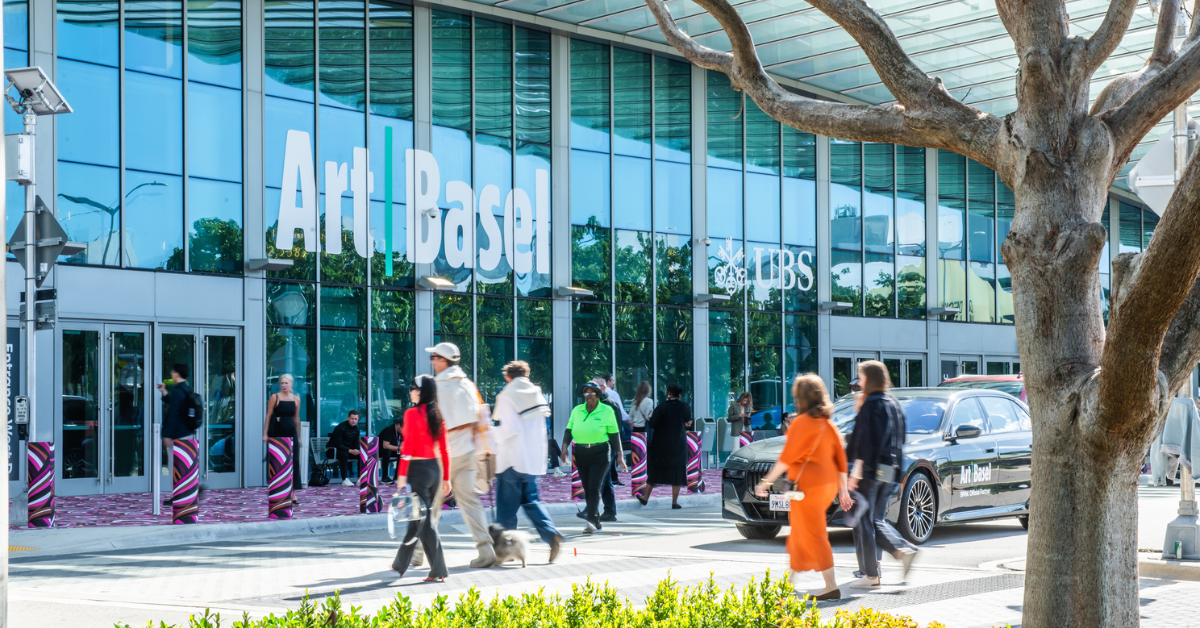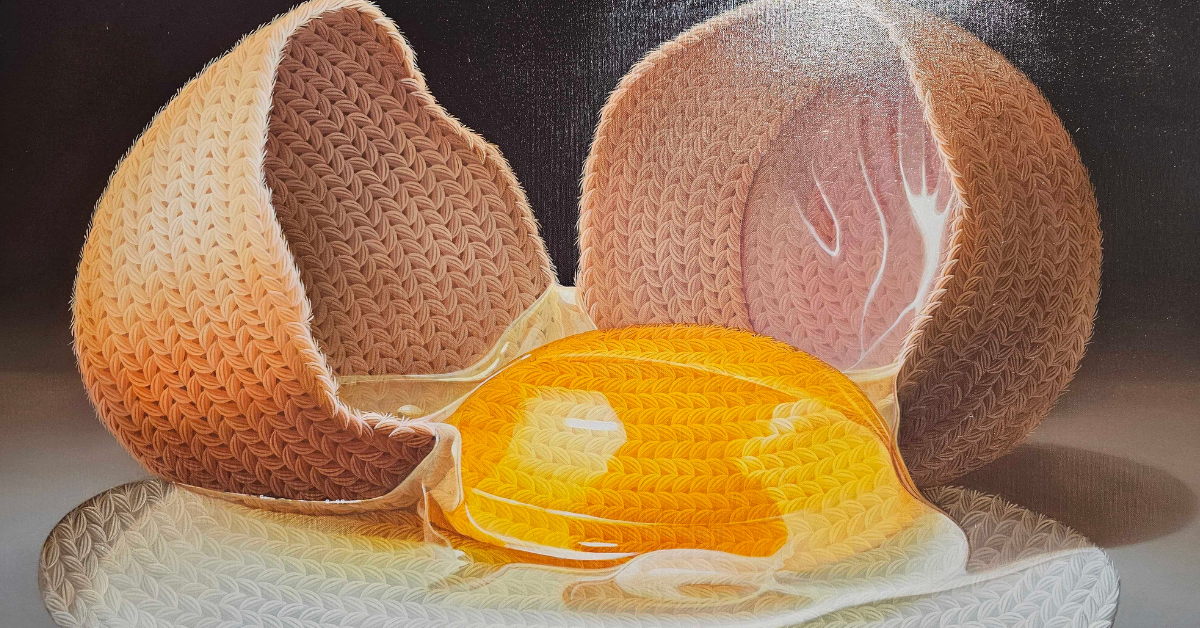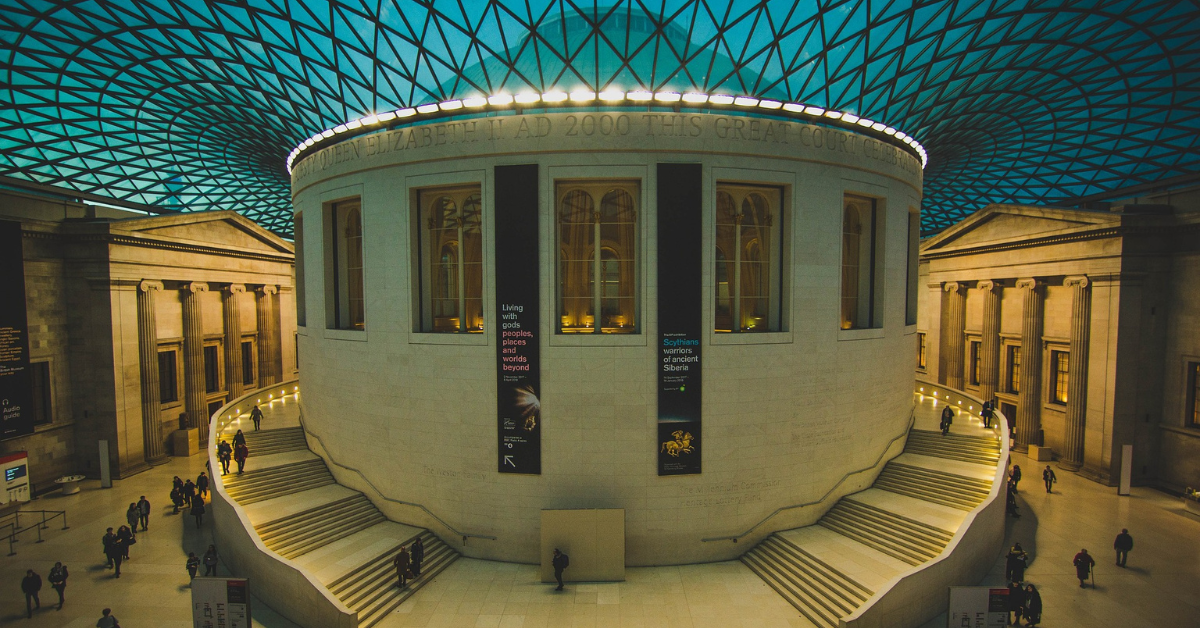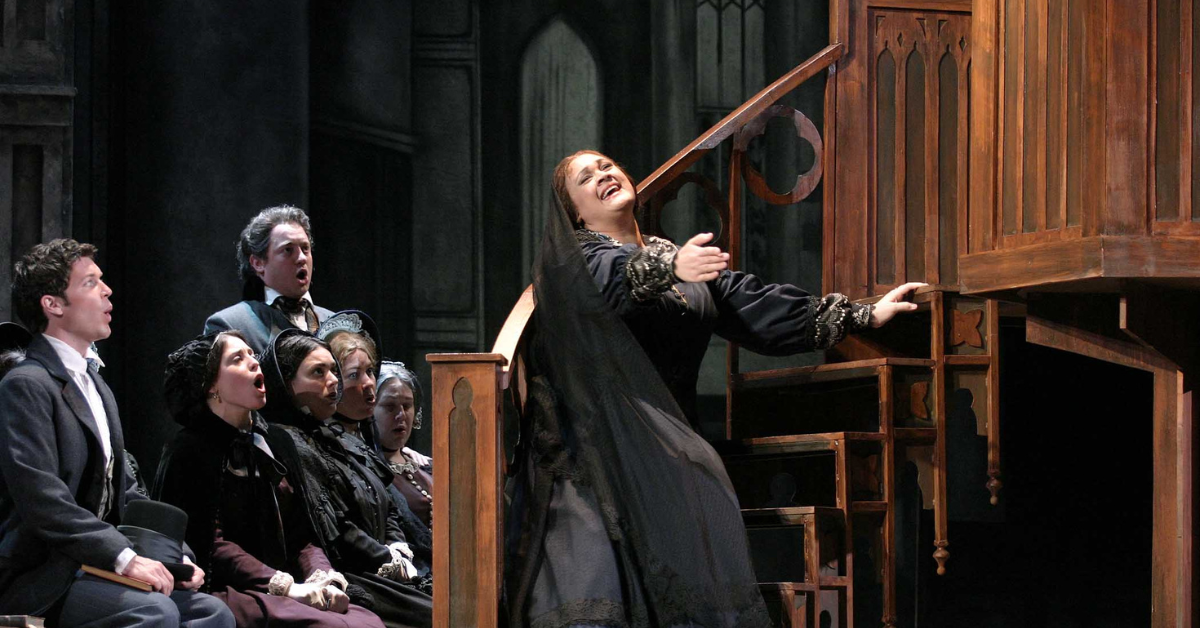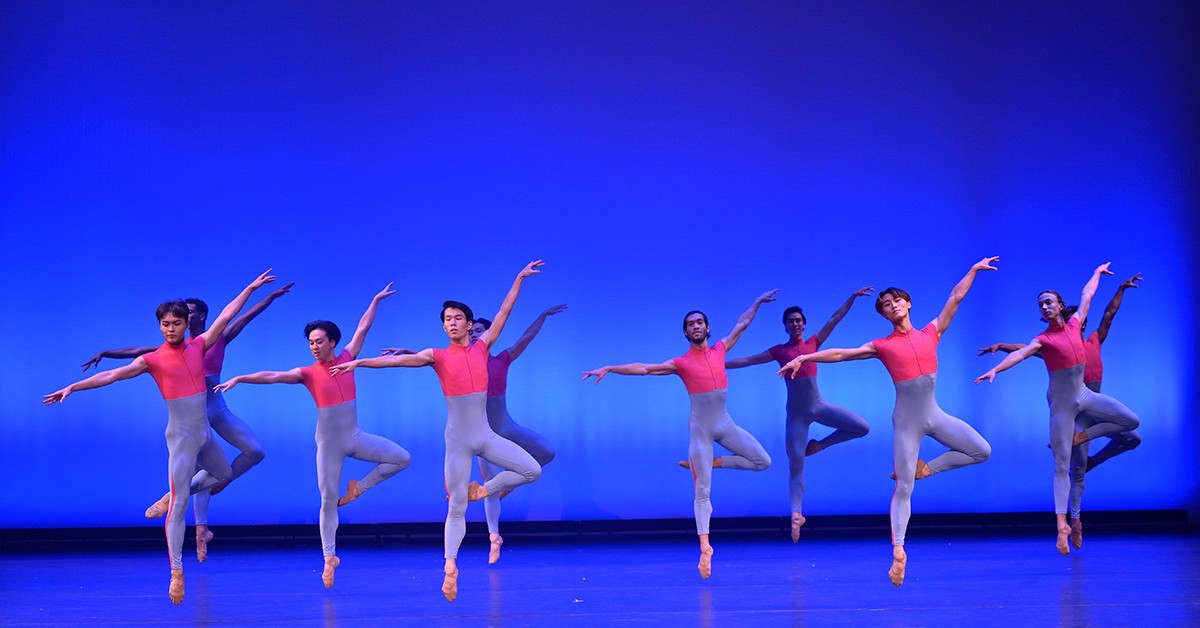
As art & culture lovers, we all love the many images of dance, from paintings and sculptures to the images that we “casually” browse in articles on the internet, in programs or on posters.
There are many types of dance, Jazz, Flamenco, hip hop, folk dances and contemporary, all of which have their own rigorous training to become a professional.
In general, many dancers begin their formal training in ballet or other dance forms at a young age, often around 5 to 10 years old. However, some dancers may start training even earlier through informal or recreational classes.
Misty Copeland, of example, faced a challenging childhood. She started ballet relatively late, at the age of 13, which is considered unusual in the world of professional ballet where many dancers begin training at a much younger age. An earlier example, Martha Graham did not start until age 22. While both were extremely successful, they are the exception that proves the rule. Even at those later ages, at least 10 years elapsed for them to become influential in their fields of dance.
Dancers in other areas such as Bharatanatyam, a classical Indian dance form, or Flamenco also start young. Indeed, many indigenous dance forms such as African, Native American or any form of folk dancing that may evolve into performance are integrated into childhood.
Early consistent training that requires a regular schedule, perhaps devoting summers to intensive programs through high school and college is generally required for a performance level dancer. This is followed by auditioning for competitive professional training programs and the lucky few who join a professional company, typically in the late teens or early 20’s.
Dancers are full time (or more) employees with rehearsals, training, conditioning and stretching. the life of a professional ballet dancer is physically demanding, and maintaining a high level of fitness, flexibility, and technical proficiency is essential. Additionally, rehearsal schedules may be influenced by the company's artistic director, choreographers, and the specific repertoire being performed.
But that is not all. The moment in which this picture is taken is carefully staged and there are many other highly trained professionals involved, no matter what the dance form. The dance that the audience sees on on the stage is a result of collaboration, most often led by the company’s Artistic Director.
The Artistic Director is a key figure in the world of performing arts, including dance, theater, opera companies, and other similar organizations. Their role can include responsibilities from artistic vision to talent development to budgeting and fundraising. One of their most important jobs is collaborating with everyone involved to make sure the final result is outstanding.
The choreographer and costume designer most likely went through all of the same training as the dancers to develop their career. Only then can they move to the next step, perhaps an apprenticeship, additional education and years of networking all go into building a portfolio. The must know the history of a particular program, be it ballet, modern or a particular cultural form, including the storyline, what previous choreographers and costume designers have done. The current trends in their area of dance are equally important.
Lighting designers must understand principles of lighting, color theory, electricity, stagecraft, and design aesthetics. Not to mention the technical aspects of lighting equipment and control systems. How this acquired varies and may include formal education, apprenticeship and hands on training.
Then comes the photographer to take the picture. Photographers often start with an interest in casual picture taking that moves int a combination of formal education, practical training, and continuous self-directed learning to develop their skills. With new technology constantly entering their toolbox, this is an ongoing process.
To be engaged in this level of work, they also have to develop a portfolio, perhaps be an apprentice and evolve a special expertise in photographing for the stage. The difference between studio, natural and stage lighting is not small. One of the most important they must do is network, network, network to gain access to a particular opportunity.
There are a whole host of others involved, from the Board Members who volunteer their time and money, the grant writers who look for additional underwriting, the box office staff and administrators who make sure that all of the details, from answering phones, managing schedules to paperwork are taken care of.
All of which brings us to the moment in this image, when the entire corps de ballet leaps at exactly the same time to exactly the same height. Without the use of wires, harnesses and other extensive apparatus, this cannot be posed. An clearly, no one is doing that.
The level of commitment it took to get there is astounding. The only thing missing here is the level of excitement and awe that is felt in actually witnessing the moment. And that, dear audience is something only you can bring.
There are amazing dance performances of all types and tickets of every price range available at any given time. I can only encourage you to do your part by bringing what only you can bring to the experience.
See your opportunities HERE.
